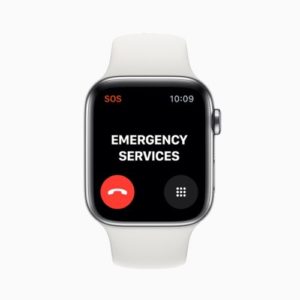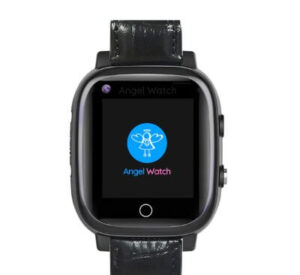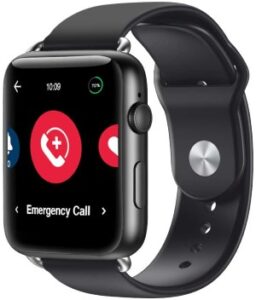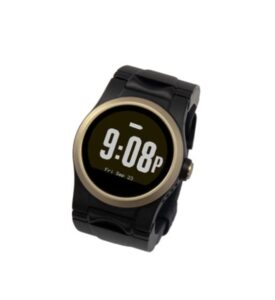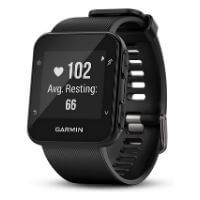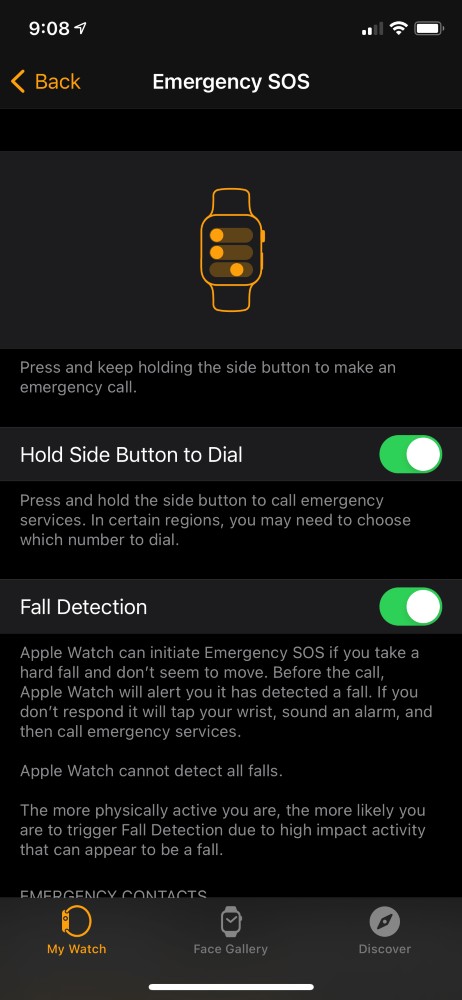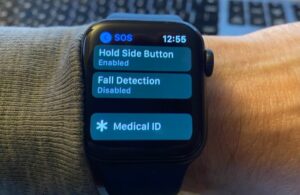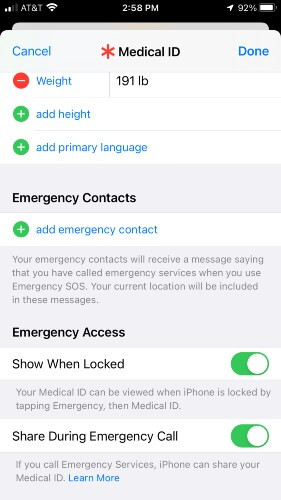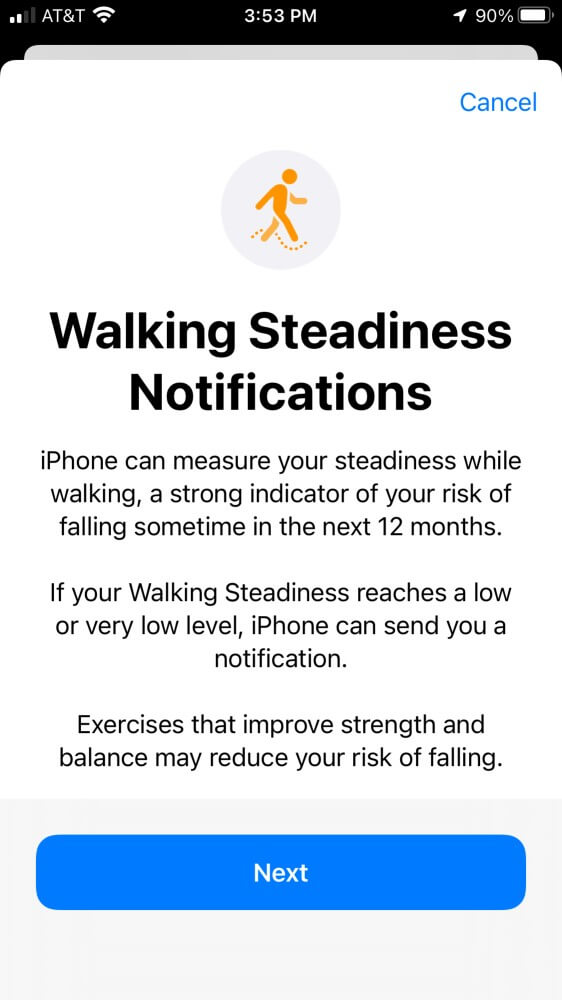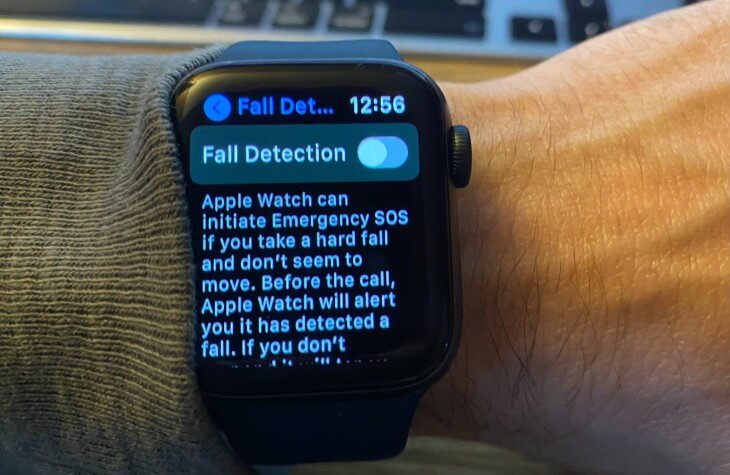The Apple Watch (Series 4 and later) has been one of our favorite fitness trackers for seniors for years, and it’s also a great medical alert device thanks to additions like automatic fall detection, an SOS button, and a slew of heart-monitoring features. Best of all, you don’t have to pay a monthly fee to get personalized assistance during an emergency—your medical ID profile is shared with dispatchers automatically.
The only drawback is that none of these settings are turned on by default, so it takes a bit of time to make sure your Apple Watch will work as expected during an emergency.
